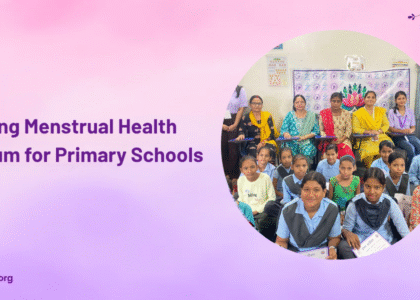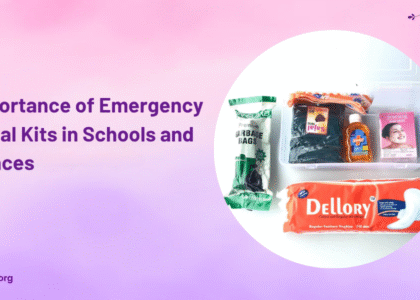Introduction
This statement above vividly exhibits that education is a fundamental human right, yet for millions of children across the globe, the right to learn has been robbed. Poverty, gender disparity, infrastructural deficiency, and digital unavailability come in the way of good-quality education. The said gap can be bridged only when NGOs, governments, and communities work together to create sustainable solutions. The following are the significant ways to facilitate education for children.
1. Expanding Educational Infrastructure
The other reason children in faraway locations are sometimes absent from school is that no school is available nearby. School buildings may be constructed in far-off places or existing ones may be repaired, along with the provision of necessary services like electricity, clean water, and sanitation, to enable girls, in particular, to go to school.
2. Eliminating Financial Barriers
Every imaginable cost that comes with education—tuition fees, uniforms, books, and transportation—works against some families in their quest to keep a child from going to school. Waiving fees, providing scholarships, and setting up financial aid programs would relieve families of such burdens and enable more children to access education.
3. Using Digital Learning Opportunities
Technology could transform education, especially in remote areas where schools are scarce. Supplying children with digital devices, providing internet access, and designing online learning platforms would allow them to learn from home. Collaborations between NGOs and tech companies would provide the means for cheap tablets and engaging educational content and set up digital learning centers.
4. Empowering Educators
An effective education system is built on trained and motivated teachers. Quality education could be improved by investing in teacher training programs, attractive salaries, and classroom resources. Volunteer teacher programs should also address gaps in underserved areas.
5. Promoting Inclusive Education
Children face inaccessibility to education with disabilities, people from marginalized communities, and refugees. Implementing inclusive policies such as exceptional learning support, language assistance, and teacher-training programs in inclusive education will ensure that no child is left out.
6. Breaking Cultural and Social Barriers
Cultural norms and values often hinder children from going to school, especially girls. Creating awareness using community-based approaches, education, and campaigns for gender equity will be a way of changing mindsets toward universal instruction.
7. Supporting Girls with Menstrual Hygiene Initiatives
Lack of awareness regarding menstrual hygiene and failure to obtain sanitary products is a reason many girls drop out of school. Women menstrual health NGO can provide menstrual health education and women hygienic products and enhance the sanitary facilities in schools so that the girls can stay in school.
8. Developing Alternative Learning Models
Alternative learning programs, including evening classes, mobile schools, and skill-based training, can be considerable learning opportunities at a flexible pace for children who cannot attend conventional schools due to work, migration, or conflict.
9. Advocating for Policy Change and Global Support
Government policies play a pivotal role in education access. NGOs can partner with policymakers to raise funds for instruction, strengthen the school system, and gain international support from UNESCO and UNICEF to guarantee learning for every child.
Conclusion
Accessibility to education requires a cooperative and multi-dimensional approach. By combating financial, social, and infrastructural barriers, we create a world where every child can learn and prosper.









